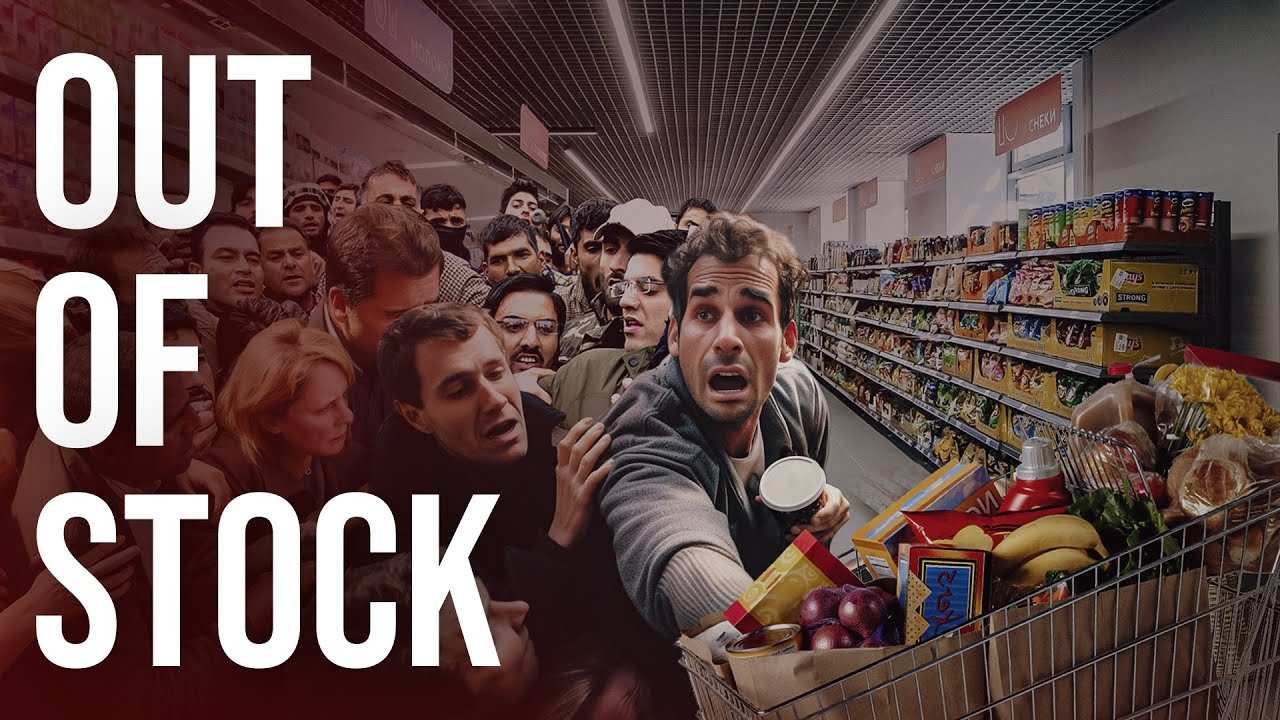If you’re not already stocking your pantry with fall and winter supplies, now it’s time to do so. More grocery and household supply shortages are coming soon, according to retailers. That’s why the importance of being prepared for such an event is getting increasingly clear.
On top of that, over the next few months, several products, from iPhones to car parts and prescription medications are going to be in short supply, meaning that Americans should start bracing for stockouts and empty shelves once again.
For example. some of the most popular snacks will be in short supply soon. While consumers tend to buy more snacks during the colder months to avoid having to take multiple trips to the grocery store, the production of several snacks is going down due to lower agricultural production. For instance, sugar and cocoa shortages are likely to result in shortages of sweets and chocolate.
A drop in the production of nuts can impact the availability of trail mix, nut butters, and granola bars this fall. Whole-grain crackers and biscuits are suffering from a worldwide shortage of wheat. Meanwhile, a nationwide potato shortage is likely to reduce the variety of potato chips and frozen fries we find at our local supermarket. On top of that, a shortage of corn is expected to cause stockouts of hard-shell tortillas and is even disrupting the production of Doritos right now.
Likewise, you may struggle to find the latest book releases at stores this fall. That’s because one of the most basic products is now experiencing a shortage. When paper demand tanked during the pandemic, many paper mills pivoted to produce packaging and cardboard to keep up with newfound dependence on online shopping, resulting in a nearly 20% reduction in production capacity from 2019, according to ERA Forest Products Research.
But once the health crisis was over, demand for paper products spiked — and mills have not restored pre-pandemic production levels yet. Many of the mills that transitioned to packaging cannot easily revert back to paper production. On top of that, paper. raw material costs to produce paper have risen dramatically, pushing the price of paper up as much as 60%, Business Insider reported. In other words, if you’re waiting to get your hands on the hottest new novel or sci-fi release, you should probably prepare your wallet or opt for an e-book.
Whether you’re planning to do some home renovations on your own or you’re a homebuyer right now, tighter supplies for building materials are likely to impact your plans in the final stretch of 2023. After two years of growth, demand to build new homes is slowing this year, reports CNBC.
But according to The Associated General Contractors of America (AGC), 93% of the 602 members surveyed reported experiencing material shortages this year. For instance, the waterproofing foam used for stucco lath is in short supply right now. During the pandemic, lumber was also in demand, but The National Association of Home Builders reported sawmills were slow to react to consumer and retailer demand for lumber.
Now prices are soaring due to a combination of multiple supply chain problems, and many materials won’t see improvements in production until next spring. By taking action before these shortages spread across the supply chain system, families can ensure they have the necessary supplies to stay self-reliant and independent, even during emergencies and in times of crisis.
For that reason, today, we compiled a list of shortages that may cause a lot of stress for U.S. consumers in the next few months. Article and video cross-posted from Epic Economist.





One could argue that common sense is no longer in production and empty from shelves…